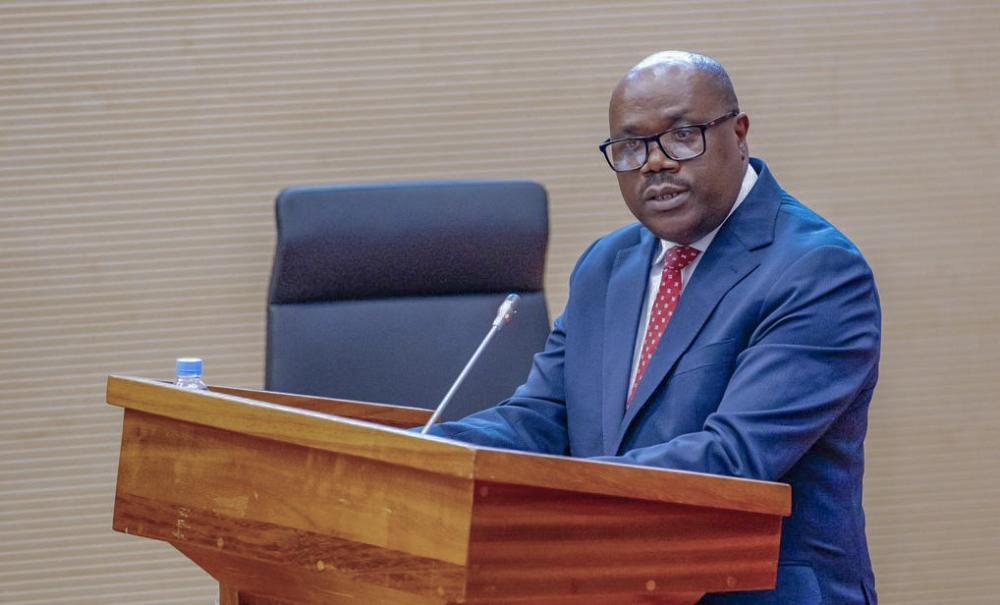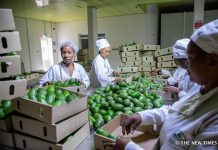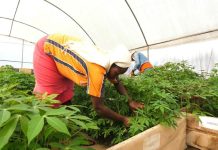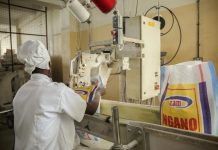Africa-Press – Rwanda. The value of products made by Rwanda’s agro-processing factories nearly tripled from Rwf369 billion in 2017 to more than Rwf1 trillion in 2024, according to Prime Minister Justin Nsengiyumva.
The premier provided the information as he addressed a joint plenary session of both chambers of Parliament, on October 2. He was delivering a presentation on the government’s efforts aimed at improving citizens’ welfare through increased agricultural productivity.
Nsengiyumva said that, in line with improving agricultural value chains, the government continues to put in place means to ease private sector investments in agro-processing industries.
“It is in that context that the number of agro-processing factories continues increasing. We are happy that the value of products processed in agro factories is on the rise. It went up from Rwf369 billion in 2017 to more than Rwf1,000 billion in 2024,” he said.
The government, he stated, will keep partnering with the private sector in improving operations and expanding the production capacity of agro-processing factories so that they further benefit citizens.
Notable firms in Rwanda’s agro processing industry include Inyange Industries, which produces various products such as juice and dairy products – including milk powder – and Africa Improved Foods, which processes fortified flours.
Overall, Nsengiyumva said that agriculture – which includes livestock – has a great contribution to the development of the country’s industry sector as it provides raw materials for various factories, including cereals or grains, fruits and products from farmed animals.
The factories, he indicated, play an important role in offering a market to agricultural produce for value-addition purposes and employment.
“Labour figures show that about 84,300 people were given jobs in these factories in 2024, up from 52,700 in 2017,” he said.
Efforts to ensure sustainable production, supply
PM Nsengiyumva also talked about efforts to increase farm yields to ensure food security and have surplus for both domestic and export markets, indicating that currently, agriculture contributes about 25 per cent to the national gross domestic product (GDP).
One of them is raising fertiliser application. He indicated that, thanks to the government’s encouragement of farmers to apply chemical fertilisers, their use rose from 32 kilos per hectare in 2017 to 73 kilos in 2024, with a target of reaching nearly 95 kilos by 2029.
The increase in fertiliser use, coupled with other measures that were implemented with aim to grow the agriculture sector, contributed to an increase in the productivity of priority crops, citing annual maize output.
“For instance, maize production increased from 400,000 tonnes in 2017 to more than 600,000 tonnes in 2024. It is projected that the output will reach 870,000 tonnes in 2029,” he said.
To achieve the registered growth in fertiliser use, the premier pointed out that the government had to increase subsidies or financial support to ease farmers’ access to such farm input, following a rise in global fertiliser prices.
This, he said, helped farmers to get fertilisers at relatively lower prices and at the same time enabled increased farm yields.
As such, fertiliser subsidy grew from more than Rwf4.4 billion in 2017 to Rwf39 billion in the current fiscal year 2025/26, implying a nearly nine-fold increase.
Starting from the 2026 Agriculture Season A, which was launched in September, Nsengiyumva said that the government is implementing a new farming approach consisting of food basket sites – or selected consolidated farmland sites intended for extensive food production.
So far, he said that more than 19,000 food basket sites have been identified, and cover more than 587,000 ha in which efforts should be invested under this initiative to utilise arable land.
“This initiative is expected to unite the government, investors, research institutions, and farmers in developing a sustainable agricultural system that delivers marketable, high-value produce,” he said.
Another aspect focuses on building agriculture’s resilience to climate change, such as through irrigation in case of drought or shortage of rainfall.
Nsengiyumva stated that irrigated land increased to more than 74,000 ha currently, from more than 52,000 in 2017, while the target is to expand the area under irrigation to over 132,000 ha in 2029.
Under the second phase of the National Strategy for Transformation (NST2), which runs from 2024 through 2029, the government aims to transform agriculture into a more productive, market-oriented, and sustainable sector, targeting an average annual growth rate exceeding 6 per cent.
Key priorities during this period include increasing productivity by 50 per cent for priority food crops, such as maize, beans, potatoes, rice, and cassava. This is expected to ensure food security, promote self-sufficiency, and create export opportunities.
For More News And Analysis About Rwanda Follow Africa-Press






